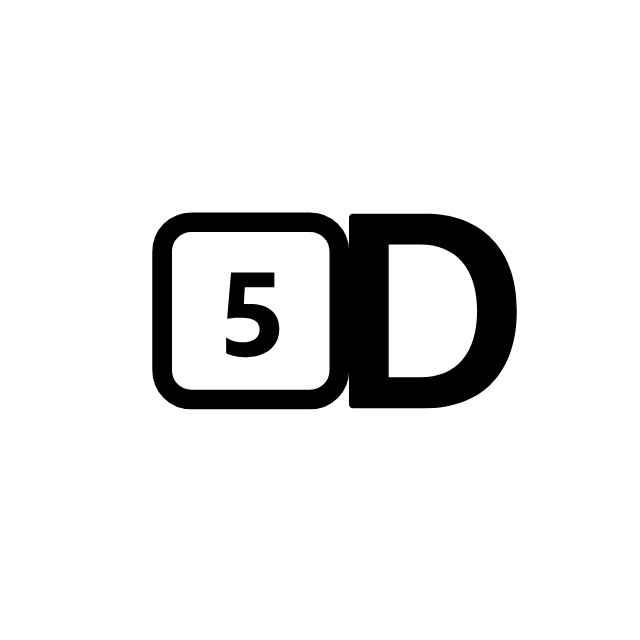
There’s a pattern I’ve noticed over the years after 25 years of working as a creative professional and more recently, a holistic coach.
One I’ve lived myself and witnessed across countless conversations with artists, thinkers, and creators.
And been guilty of myself.
Most of us don’t seek help when things start feeling off. We wait until something breaks.
That moment often comes through one of what I call The Five D’s:
Death. Disease. Divorce. Discernment. Disillusionment (or Burnout).
Each of these D’s represents a rupture. A point where the illusion of control dissolves, and the system (body, heart, career, or identity) says: enough.
1. Death: When Loss Forces Life into Focus
Few things rearrange our priorities like death.
When someone close to us dies or when we come face-to-face with our own mortality, the everyday noise fades.
We begin to see what we’ve been running from all our lives: grief, regret, unfinished conversations, unexpressed love. Questions we are left to unravel answers to on our own now.
For many, this becomes the first time they allow vulnerability to surface.
In my own case, my father’s death revealed an entire world of question marks that were too overwhelming for me to unpack alone. And though I’d already been in therapy earlier, it was a wake-up call to level up in multiple ways.
It ended up being the final push that gave me a reason to invest unprecedented sums of money to work with one of the best coaches in the world (Peter Crone).
Someone I knew I could really count on to provide me with the specific brand of support and help I knew I could rely on.
A creative who’s built their entire identity on emotional expression might realize that their art hasn’t been honest for years. It’s been a performance of authenticity rather than the real thing. And just an escape.
Death often makes us face the question: What am I doing with the time I have left?
2. Disease: When the Body Says What the Mind Wouldn’t
Sometimes the body speaks before the mind does.
Chronic stress, burnout, autoimmune flare-ups, digestive issues—these are often the body’s final protests after years of emotional misalignment.
For artists, the connection between nervous system regulation and creativity is especially direct.
A dysregulated nervous system can choke expression, narrow perception, and flatten intuition.
Research confirms this link: studies on cognitive-behavioral coaching (CBC) show significant reductions in stress and improvements in well-being for participants who sought help early (Lyra Health, 2022; Green et al., Coaching: An International Journal of Theory, Research and Practice, 2020).
Unfortunately, most of us don’t seek help when the symptoms whisper. We wait until they scream.
I remember sitting in an orthopedician’s office with a plaster cast on my hand two weeks after it was hurting to play piano at the conservatory, and being told that they weren’t 100% sure when I’d be allowed to play again.
My world fell apart.
It wasn’t until I found help in the form of a more holistic medical practitioner that I found a long-term, sustainable solution for the challenge.
3. Divorce: The Collapse of a Shared Illusion
Once upon a time, I was on tour in an unfamiliar city, holding my phone in my hand with a text message from a woman whom I was about to marry. It could best be summarized with one word: ‘Goodbye’.
The message looked nearly identical to similar texts I’d received in the past. A pattern had repeated itself.
It was pure deja vu. The universe was screaming: ‘This is not a coincidence. You need to dig deeper’.
Divorce, whether romantic, professional, or even spiritual, marks the death of a shared reality. It’s one of the most visceral ways we experience loss of identity.
In a romantic sense, it’s not just the relationship that ends. It’s the version of ourselves we built within it.
In professional settings, it can mean walking away from a collaborator, a label, a career path we once thought was “it.”
For many, this is when we finally accept that inner work isn’t optional.
That healing isn’t indulgent and the only way forward.
And that’s when coaching or therapy stops being a luxury and becomes oxygen.
4. Discernment: The Quiet Crisis of Misalignment
This one’s more subtle.
It doesn’t announce itself with panic attacks or heartbreak. It creeps in through restlessness.
Through that faint but persistent whisper: ‘something’s off’.
You might have the accolades, the audience, the projects.
But you no longer feel aligned with them.
The external markers of success no longer feed the internal sense of meaning.
The signs can be literally physical sometimes.
‘I simply could not bring myself to press that button to upload my CV and renew my position in academia....’Sæunn Thorsteinsdóttir - (Globally acclaimed cellist/composer; Season 9, Tapasya Loading).
Discernment is a higher form of discontent. And it’s not about lack.
Sometimes, it’s about integrity.
And yet, we tend to ignore it until it metastasizes into a crisis.
Coaching is one of the few spaces where we can pause long enough to ask: what am I actually building, and why?
5. Disillusionment (or Burnout): When the Engine Runs on Empty
By the time burnout hits, it’s rarely sudden.
It’s a long accumulation of small betrayals. Ignoring boundaries, overextending, and confusing productivity for purpose.
Artists are particularly prone to this.
When your identity is tied to your work, exhaustion feels existential.
You don’t just feel tired. You feel lost.
Research shows that structured reflection and coaching interventions can reduce burnout and restore well-being (Mayo Clinic Proceedings, 2014; ScienceDirect: Journal of Vocational Behavior, 2023).
But most of us reach this point only when we’ve exhausted every self-help trick, every affirmation, every denial mechanism.
The Common Thread: It’s Already Later than Optimal for the Situation
In all five D’s, by the time we seek help, a lot of damage has been done.
The relationship has ended.
The illness has progressed.
The burnout has hollowed creativity.
At that point, (depending on the severity of the situation), coaching or therapy can’t always ‘fix’ the situation.
But it can alchemize it.
Turn it into learning. Integration.
A seed for something new.
The Case for a Preventive, Empowering Model
An invitation I always extend to my fellow creatives is this: imagine if we didn’t wait until the collapse.
What if we treated coaching and therapy the way athletes treat physical training?
Continuous, preventive, integral to excellence?
Our nervous systems evolved for a different world. Not 24/7 connectivity, comparison, or performance pressure.
In such a world, support isn’t optional. It’s a form of hygiene.
The irony is:
- The more educated we are, the more we need help integrating that knowledge.
- The more creative we are, the more we need mirrors that reflect your blind spots.
- The more impact we have, the more responsibility we carry to stay aligned.
Yet we’re taught that “education ends” after school or college.
That support implies ‘weakness’.
That therapy is for the broken, and coaching for the lost, or privileged.
When in truth, both are absolutely essential for those evolving.
Why We Resist
Resistance to getting help isn’t a moral failing. It’s a mix of conditioning, fear, and cultural narratives.
Examples:
- Denial: “It’s not that bad.”
- Fragility: For men, the fear of losing status or strength.
- Romanticizing suffering: Especially in artistic cultures where pain is conflated with authenticity.
- Lack of clarity: Many don’t even know what they need. So they reach for substitutes: validation, productivity, escapism. Self-medication.
- Financial and cultural barriers: Coaching and therapy are often portrayed as a luxury rather than a necessity.
The result? We outsource our healing to the worst possible contender out there: crises.
Healing as Infrastructure, Not Emergency Response
We often say we want better communities, healthier relationships, more empathetic workplaces.
But these can’t exist without better individuals. Self-aware, emotionally literate, supported.
Which is why a lot of traditional communities we would rely upon (family, religion, cultural centers, peers) are not just insufficient in their reliability to support us, they often end up being instigators of many of the blind spots that are hindering us in the first place.
Coaching and therapy aren’t replacements for community or family; they’re scaffolding for them.
They help us process faster, see clearer, and love better.
When we heal, we don’t just heal ourselves. We change the emotional climate around us.
Those close to us heal with us.
The power that lies in that simply does not get talked about enough.
The Best Time Was Yesterday
There’s a saying: “The best time to plant a tree was 20 years ago. The second-best time is today.”
In my opinion, the same applies here.
The best time to find a coach or therapist was before the crisis. The second-best time is now.
Not because you’re broken, but because you’re ready to grow before the fracture. Because the fracture being a reason for taking care of yourself or optimizing your life is a very questionable one.
God knows I’ve learnt this the hard way.
The creative professional who learns to navigate these inner landscapes early doesn’t just survive chaos; they thrive despite it.
Because stepping away from the noise is a choice is something we always have. Evidence to the contrary will always trace its roots to the noise itself if we dig deeper.
It’s as simple and complex as that.
Conclusion
If ‘desperation’ were a sixth D, I’d take a moment to clarify.
This is the one I struggle with.
Many of us are terrified of being seen as desperate, and that fear alone keeps us from reaching out for support.
But the truth is, most people still don’t reach out after 5 D’s.
And the ones who do are not desperate at all.
They’re deliberate.
Coaching and therapy are not trends, nor are they for the weak or the privileged.
They’re for people who choose to take responsibility for their lives, who want to understand the patterns beneath their circumstances without projecting or entangling others in what could otherwise be a deeply fulfilling journey.
At their best, both coaching and therapy are acts of clarity—an educated, informed form of self-respect in a world that often mistakes survival for strength.
Related Post: Coaching vs Therapy
References
- Green, L. S., Oades, L. G., & Grant, A. M. (2020). Cognitive-behavioral, solution-focused, and strengths-based coaching: Empirical findings and future directions. Coaching: An International Journal of Theory, Research and Practice.
- Lyra Health (2022). Study Finds Cognitive Behavioral Coaching Highly Effective for Reducing Stress.
- Linley, P. A., & Harrington, S. (2006). Strengths coaching: A potential guide for coaching psychologists. The Coaching Psychologist.
- Mayo Clinic Proceedings (2014). Effect of professional coaching interventions on physician burnout.
- Richards, K., & Jones, B. (2023). Creative arts interventions and burnout reduction: Evidence synthesis. Journal of Vocational Behavior.
- Thorsteinsdóttir, S. (2025). Personal reflection on career transition and identity, quoted in Mazumdar, T. L. (Host). Tapasya Loading [Podcast series, Season 9].
- Peterson, D. B. (2011). Coaching and leadership development. Advances in Developing Human Resources, 13(4), 443–459.
- Goleman, D. (2013). Focus: The Hidden Driver of Excellence. HarperCollins.
- Neff, K. (2011). Self-Compassion: The Proven Power of Being Kind to Yourself. HarperCollins.
- Siegel, D. J. (2012). The Developing Mind: How Relationships and the Brain Interact to Shape Who We Are. Guilford Press.
Join my free training.
Artist Mindmap 2.0 is a reimagined 6-day email mini-course designed for serious, sensitive, and soulful artists who want more than
surface-level hacks.
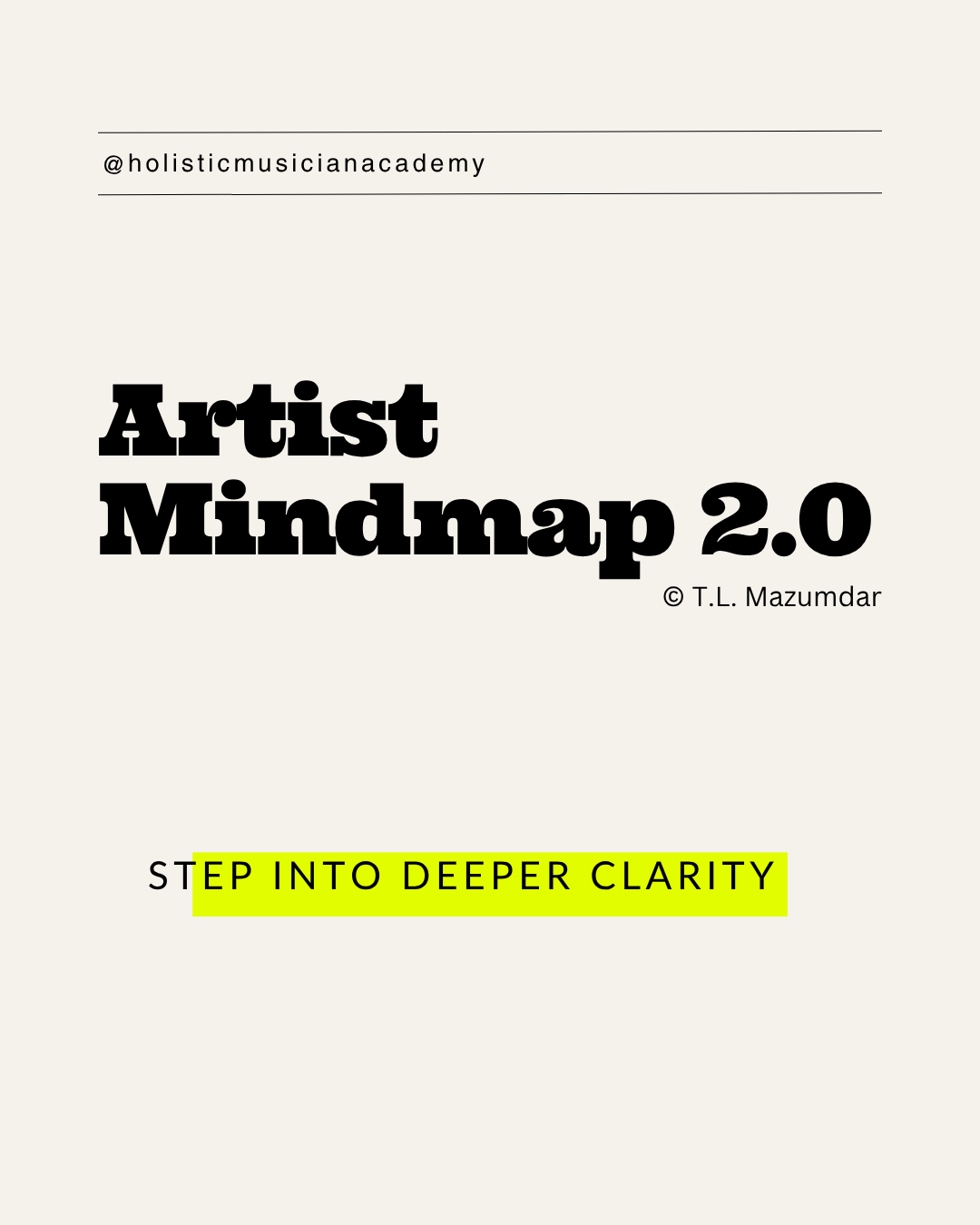
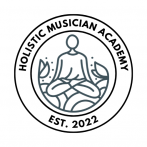
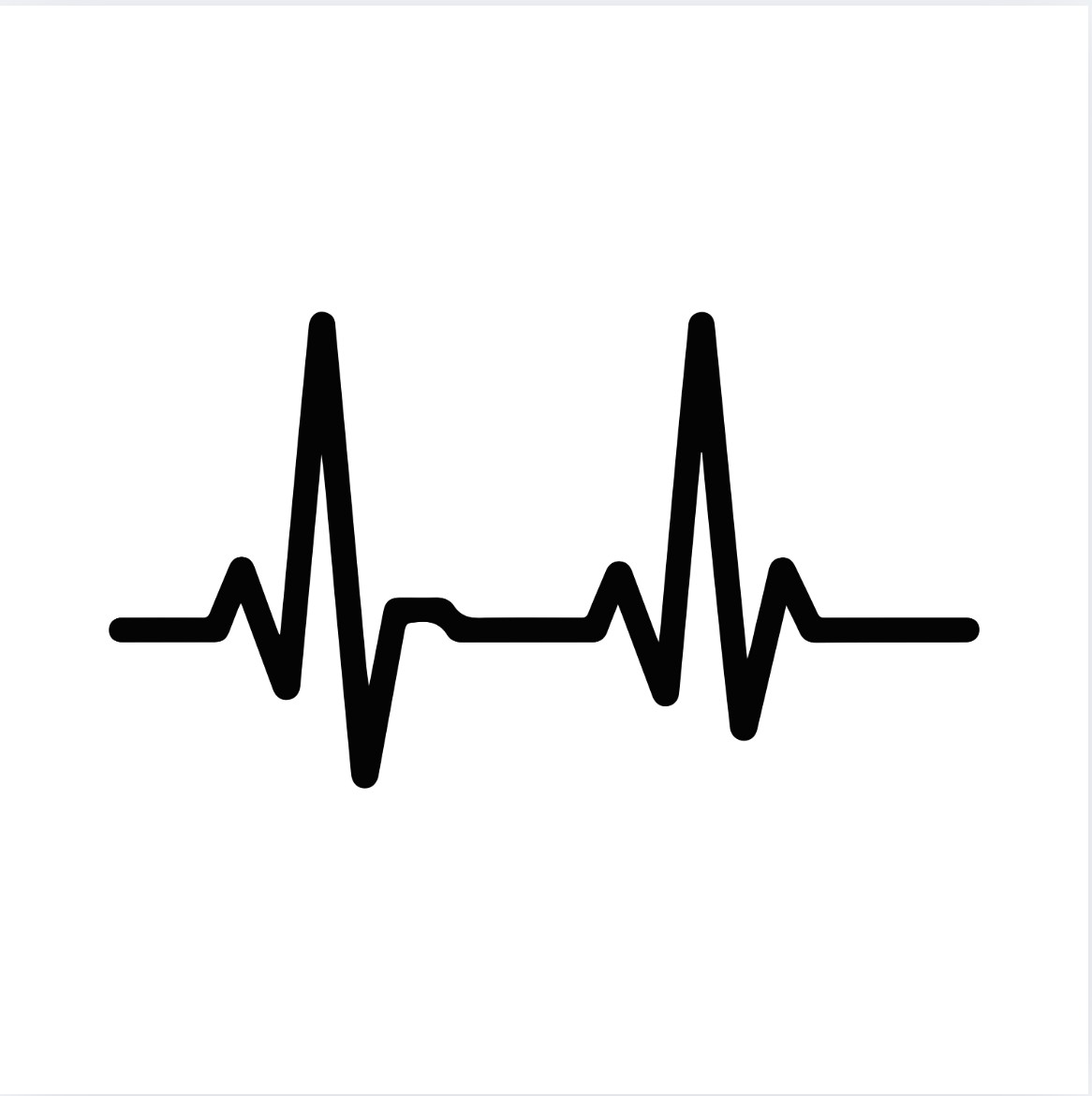
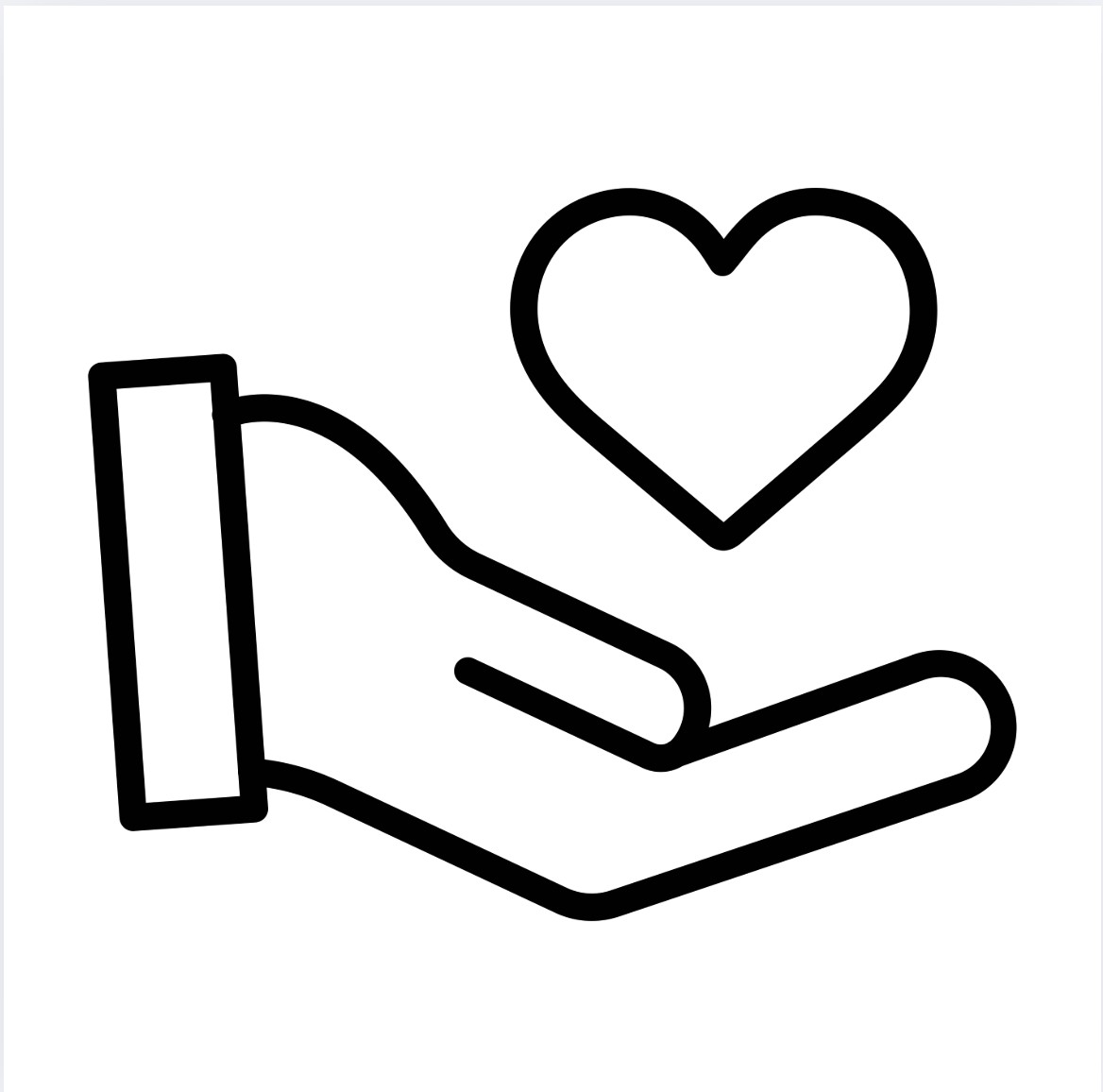
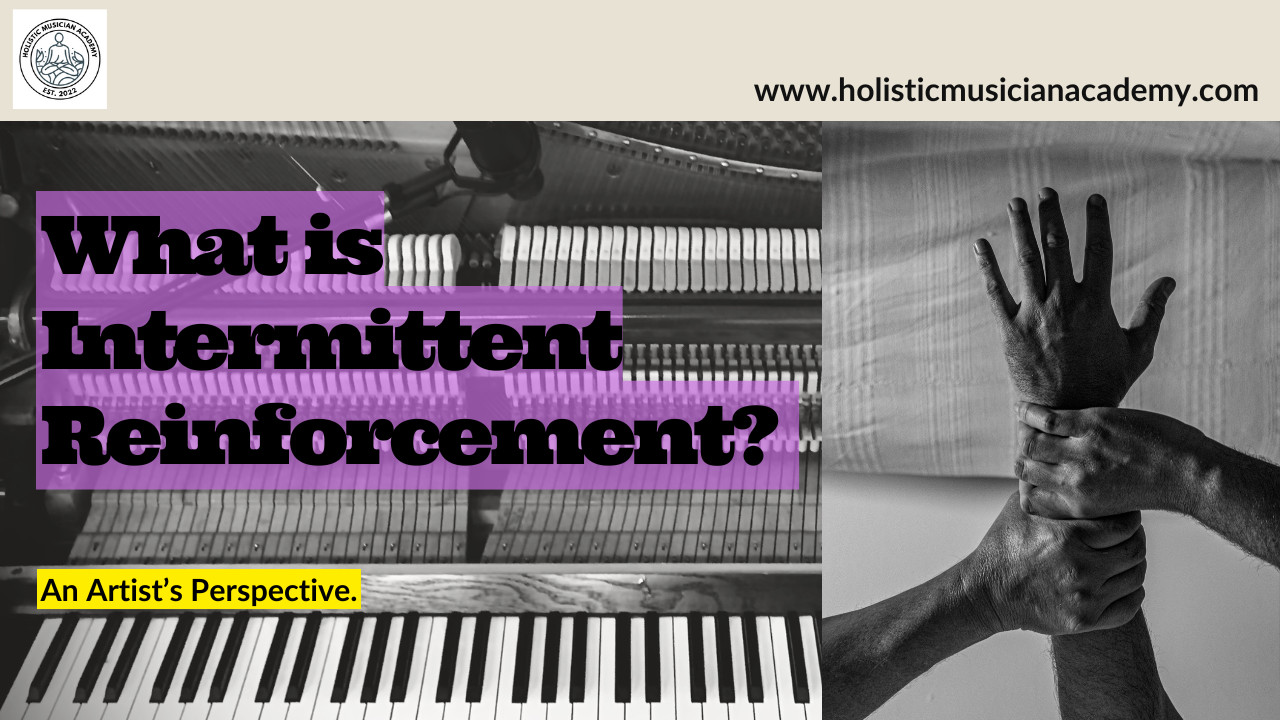
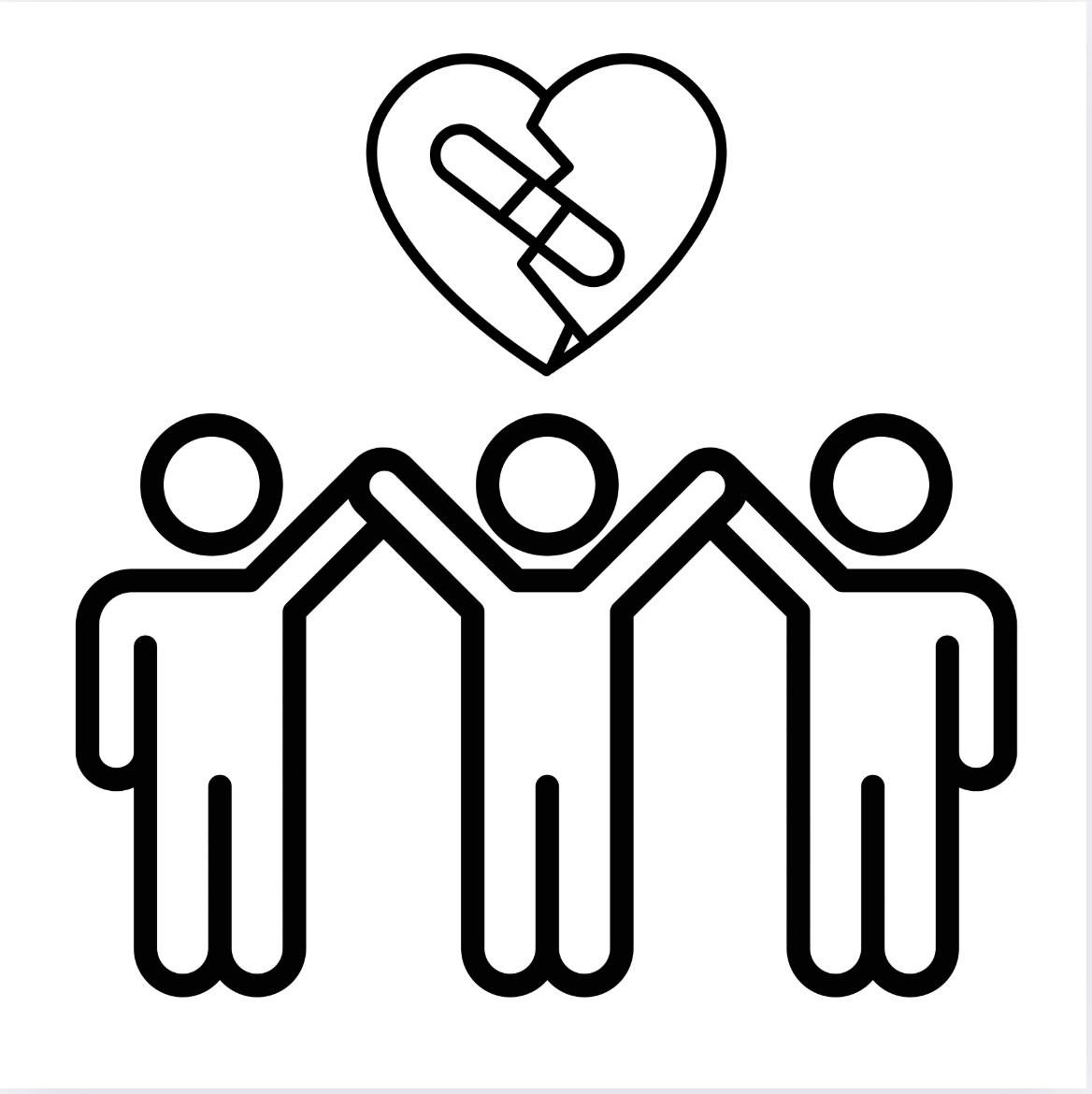
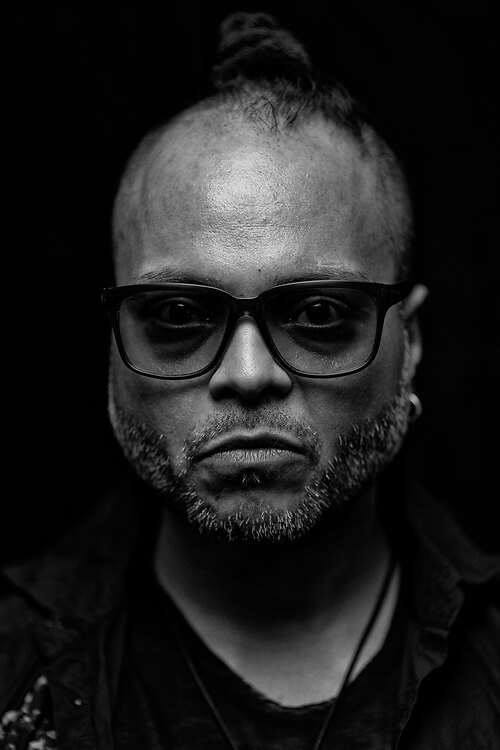
0 Comments